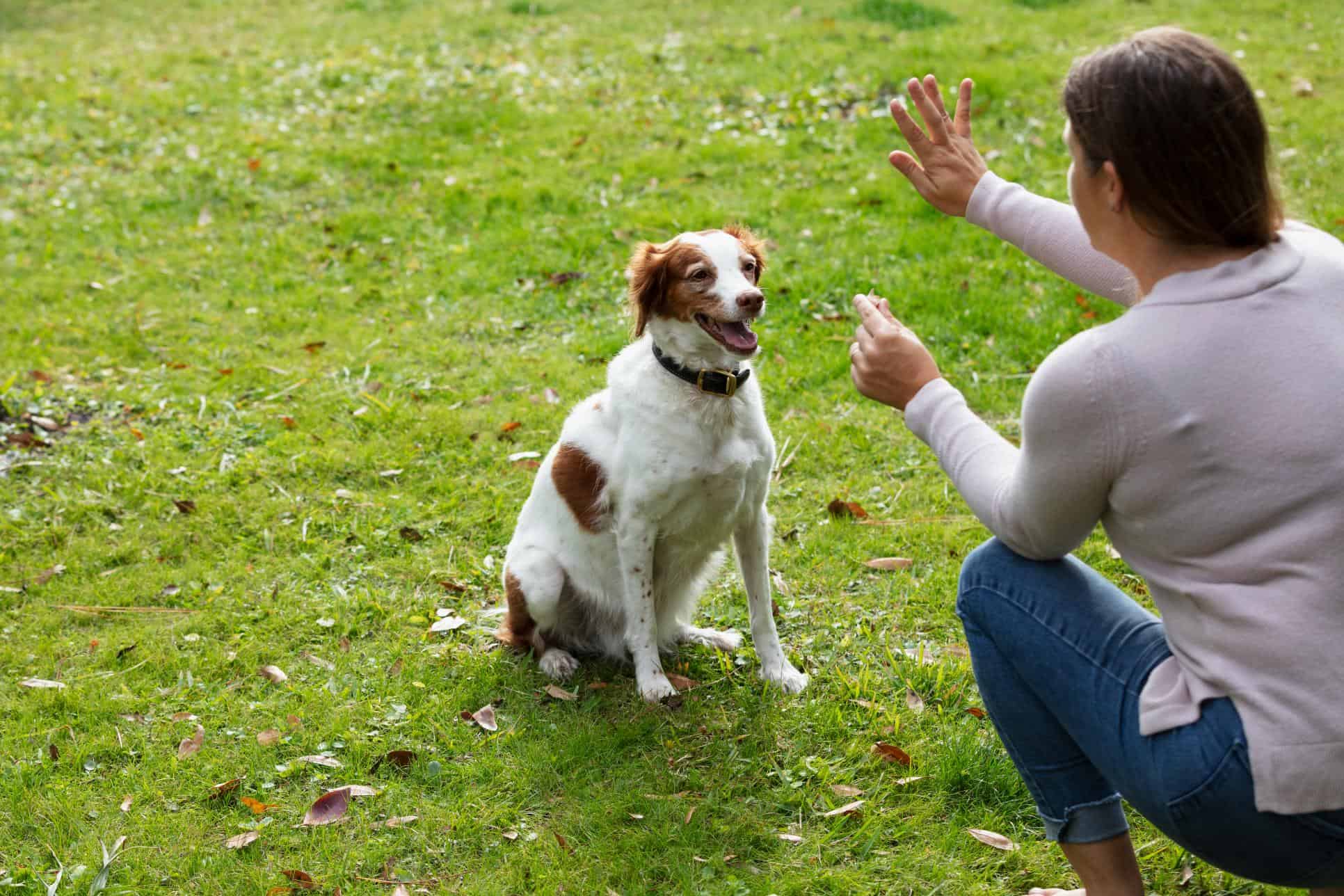The Power of Positive Reinforcement: Training Your Pet with Kindness

Have you ever wondered how to foster a stronger bond with your furry friend while teaching them new behaviors? At Western Veterinary Center Medical & Surgical Hospital, we’re big proponents of positive reinforcement pet training—a method rooted in understanding, mutual respect, and, most importantly, kindness. Let’s explore the incredible effects of gentle pet training methods and how they can transform your relationship with your pet.
Understanding Positive Reinforcement in Pet Training
Positive reinforcement revolves around the principle of rewarding good behavior rather than punishing the bad. Every time your pet displays a behavior you desire, you acknowledge and reward it, reinforcing the behavior. This could be anything from a gentle word of praise to a favorite treat. This approach fosters a love for learning and builds trust between you and your pet.
Why Kindness in Pet Training is the Way to Go
There’s a simple reason why kindness should be at the forefront of your training methods: it works. Animals, much like humans, respond better to encouragement and love than to fear and punishment. Reward-based pet training creates a positive environment, reducing the chances of anxiety, stress, or fear in your pet. Adding to the benefits, it strengthens your relationship with your pet, making training sessions something you both look forward to.
Benefits of Reward-Based Pet Training
- Enhanced Bonding: Positive feedback for pets strengthens the bond between the two of you. When your pet knows they’ll be rewarded for good behavior, they’re more likely to repeat it.
- Reduced Behavioral Issues: Many behavioral problems arise from fear or misunderstanding. Gentle pet training methods alleviate these issues by promoting understanding and trust.
- Safety: Reward-based training reduces the risk of aggressive behavior or fear biting, ensuring both your pet and those around them are safe.
Tips for Effective Positive Reinforcement Training
- Consistency is Key: Make sure everyone in the household is on the same page. If one person rewards a behavior and another punishes it, it can confuse your pet.
- Immediate Rewards: Animals associate rewards with their most recent action. So, if you’re treat-training your pet, offer the treat immediately after the desired behavior.
- Vary the Rewards: Don’t just stick to one kind of reward. Mix it up with treats, praise, or playtime to keep your pet engaged.
It’s More Than Just Training
Positive reinforcement isn’t merely about teaching your pet new tricks or behaviors. It’s about understanding their emotions and needs and communicating in a language they understand. When you choose kindness in pet training, you build a relationship based on mutual respect and love.
As we wrap up our discussion on the transformative power of positive reinforcement in pet training, the team at Western Veterinary Center wants to remind pet owners that every animal is unique. And while positive reinforcement techniques are universally beneficial, the approach might slightly differ based on individual needs.
If you’re looking to incorporate these gentle pet training methods into your routine or need more guidance, we’re here to help. To learn more about our services or to schedule an appointment, please call (805) 957-PETS (7387). Let’s work together to ensure your pet’s training journey is filled with love, understanding, and plenty of positive feedback.
